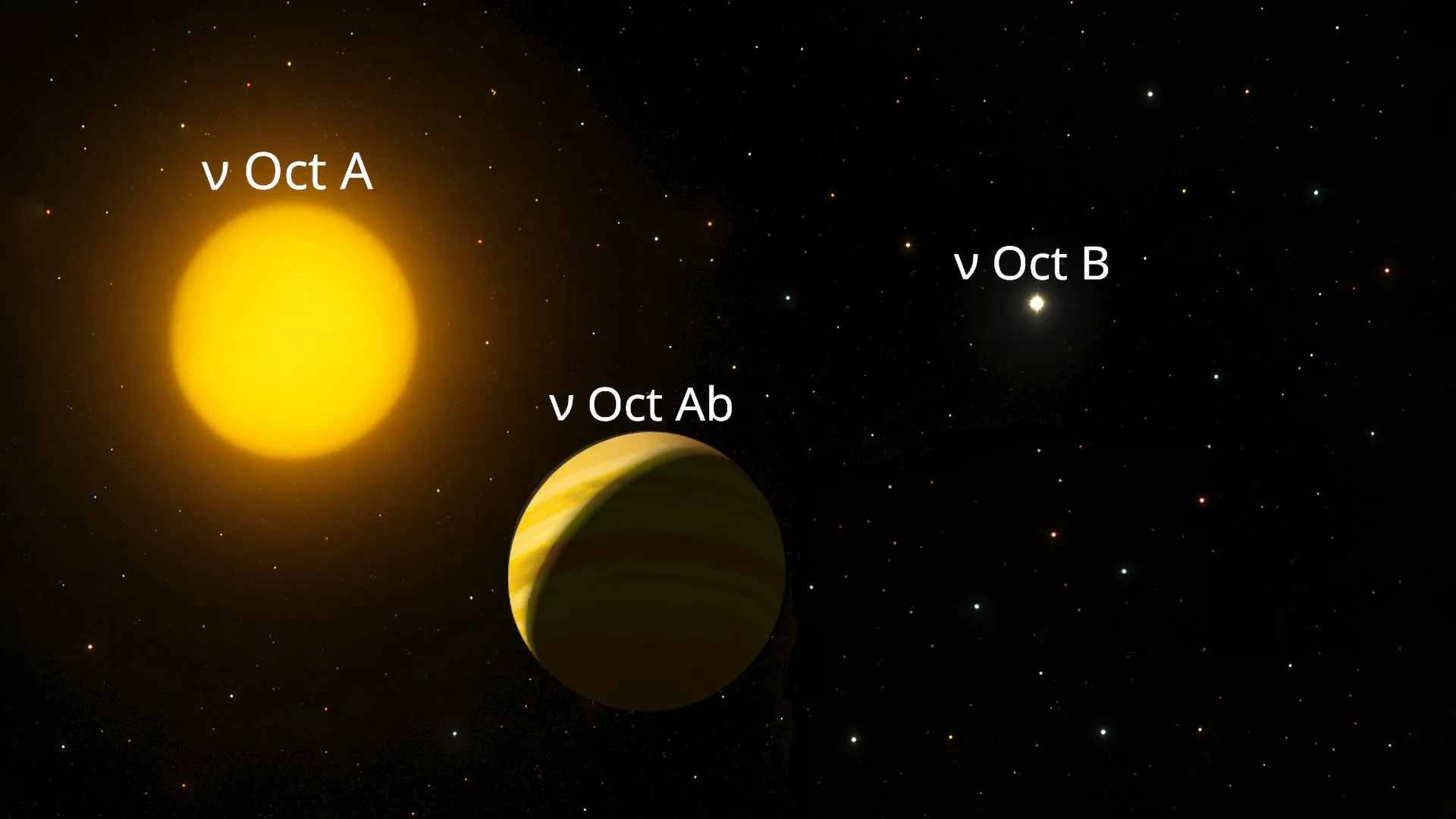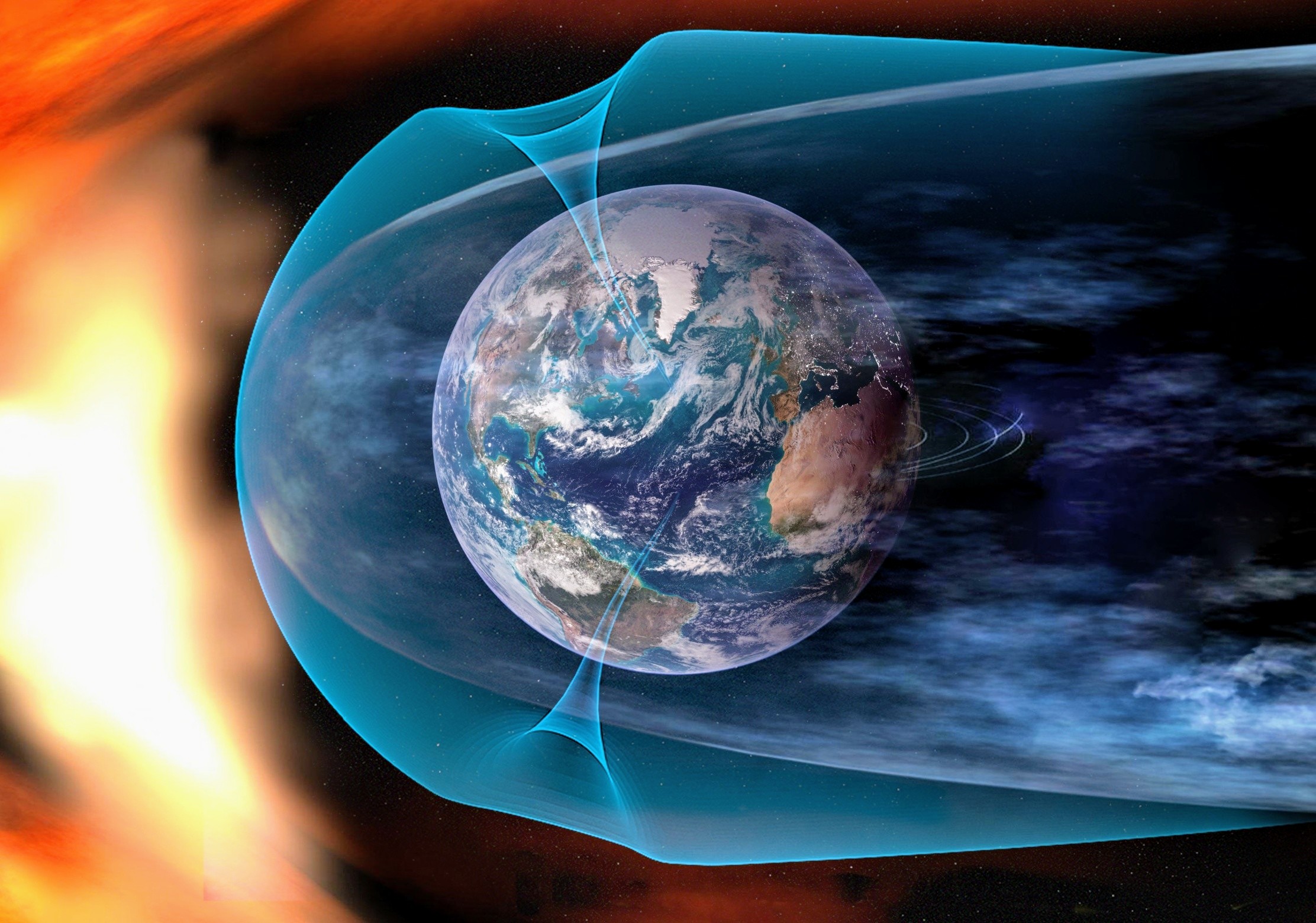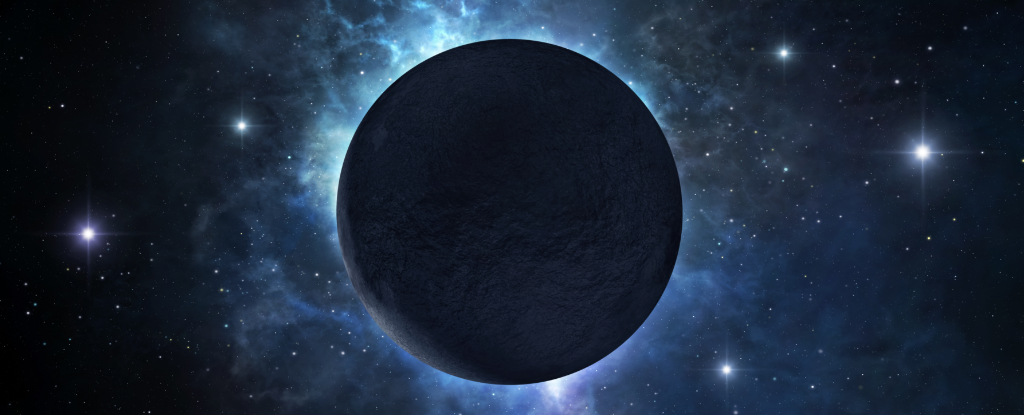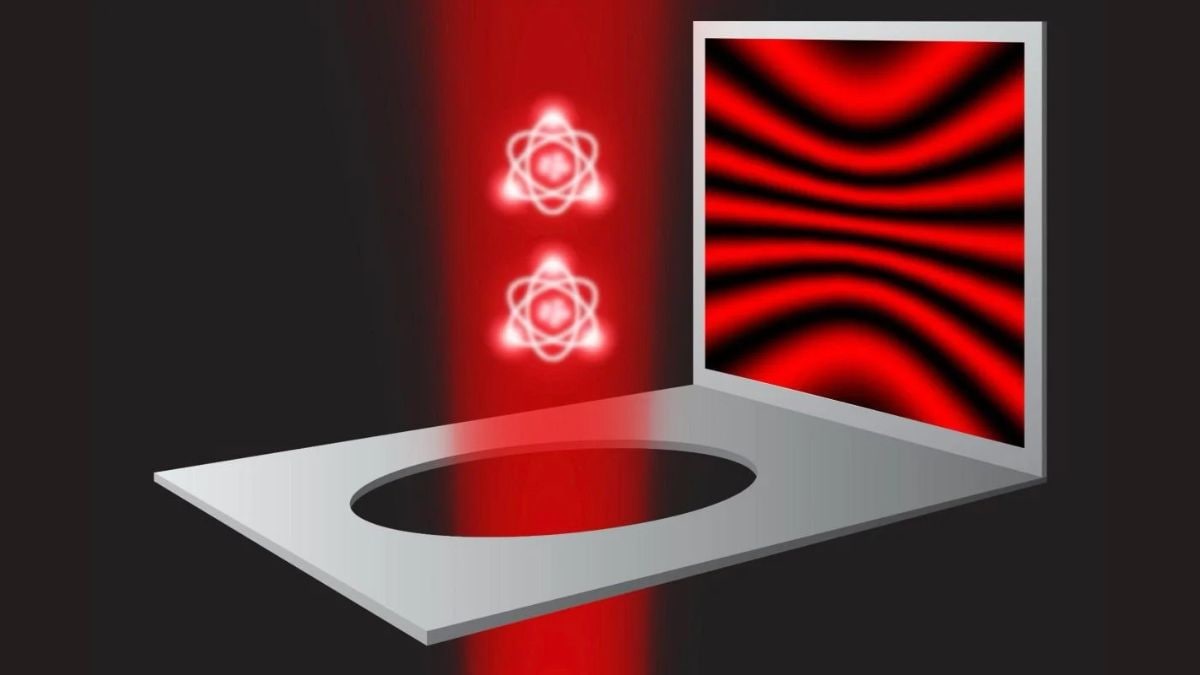Are There Aliens Living Under Our Feet? Shocking New Study Reveals the Secrets of Cosmic Rays!
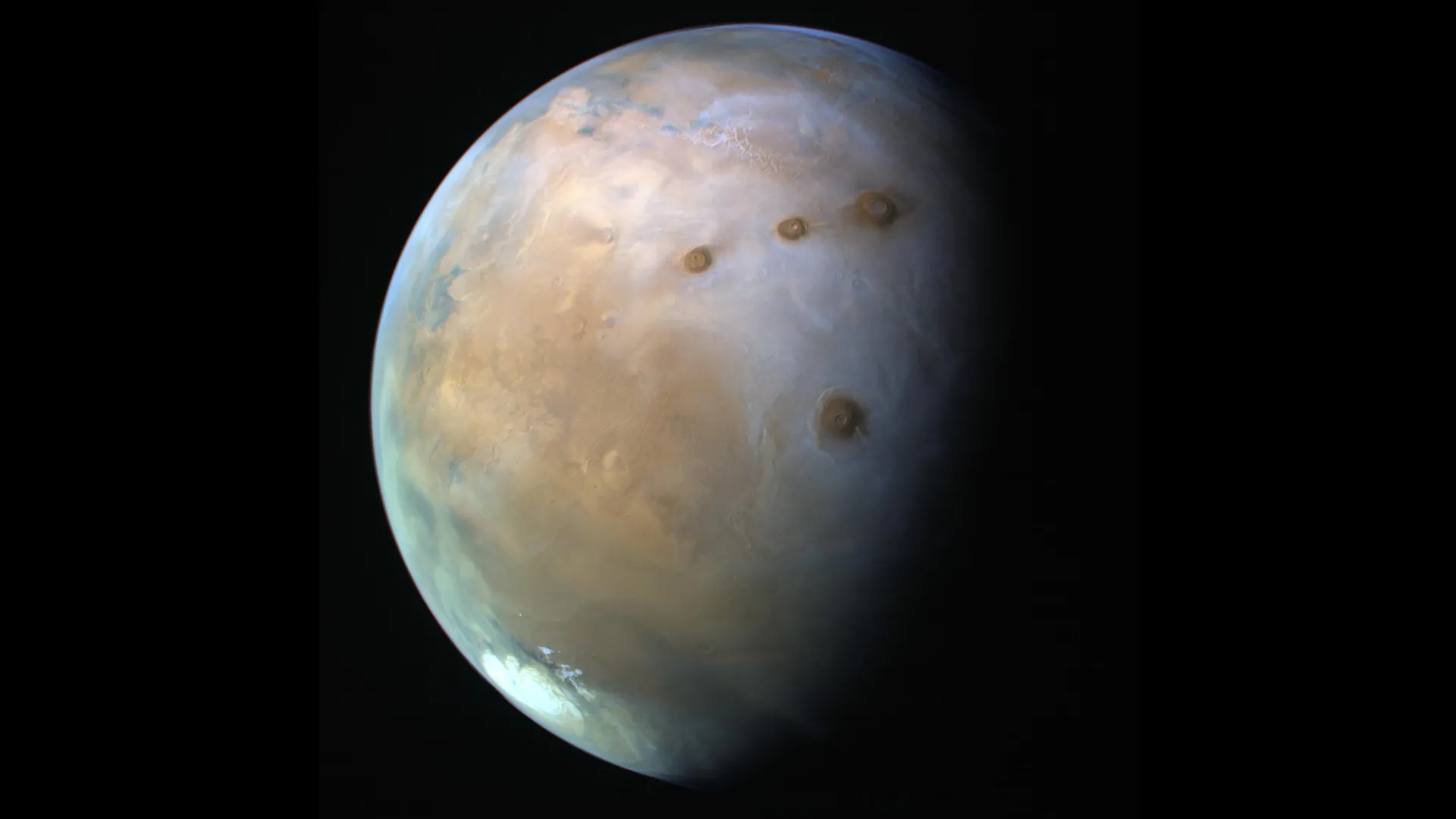
What if the key to extraterrestrial life lies beneath the surface of frozen moons and planets in our solar system? A groundbreaking study from NYU Abu Dhabi suggests that high-energy particles from space, known as cosmic rays, could be the surprising energy source that supports life in the depths of icy worlds.
This research flips the script on what we thought we knew about life beyond Earth. Traditionally, scientists believed that life could only thrive in environments bathed in sunlight or near volcanic heat. But according to the findings published in the International Journal of Astrobiology, led by Principal Investigator Dimitra Atri from NYUAD's Space Exploration Laboratory, cosmic rays might actually create the conditions necessary for microscopic life to flourish underground.
The team delved into the effects of cosmic rays hitting water or ice buried beneath the surfaces of celestial bodies. When these high-energy particles collide with water molecules, they break them apart, resulting in the release of tiny, energetic particles known as electrons. Remarkably, some bacteria on Earth can harness these electrons for energy—similar to how plants utilize sunlight. This fascinating process, termed radiolysis, could potentially sustain life even in the dark, frigid environments devoid of sunlight.
Using advanced computer simulations, the researchers mapped out how much energy could be generated through this process on Mars and the icy moons of Jupiter and Saturn. The results revealed that Saturn's icy moon Enceladus stands out as the most promising candidate for supporting life through this mechanism, closely followed by Mars, with Jupiter's moon Europa trailing behind.
“This discovery fundamentally alters our understanding of where life might exist,” Atri stated. “Instead of focusing solely on warm planets with sunlight, we can now explore cold, dark environments as long as there’s water lurking beneath the surface, paired with cosmic ray exposure. Life could potentially survive in more locations than we ever dreamed.”
The study introduces an innovative concept called the “Radiolytic Habitable Zone.” Unlike the familiar “Goldilocks Zone”—the region surrounding a star where conditions may be just right for liquid water—this new zone emphasizes areas with underground water that can be energized by cosmic radiation. Given that cosmic rays are pervasive throughout the universe, this revelation implies numerous locations might harbor life.
With these findings, the blueprint for future space missions is set to evolve. Instead of merely searching for signs of life on planetary surfaces, scientists may now need to dig deeper and explore the underground realms of Mars and the icy moons, employing tools designed to detect chemical energy produced by cosmic rays.
This research opens a treasure trove of exciting possibilities in our quest for extraterrestrial life, hinting that even the coldest, darkest corners of our solar system could host the right conditions for life to endure.













